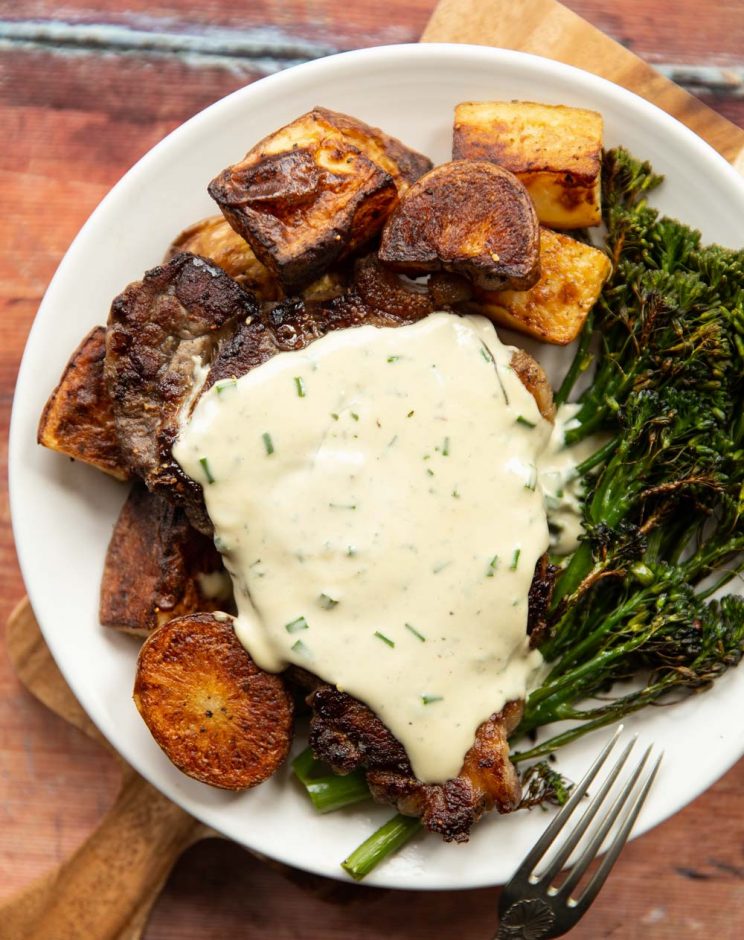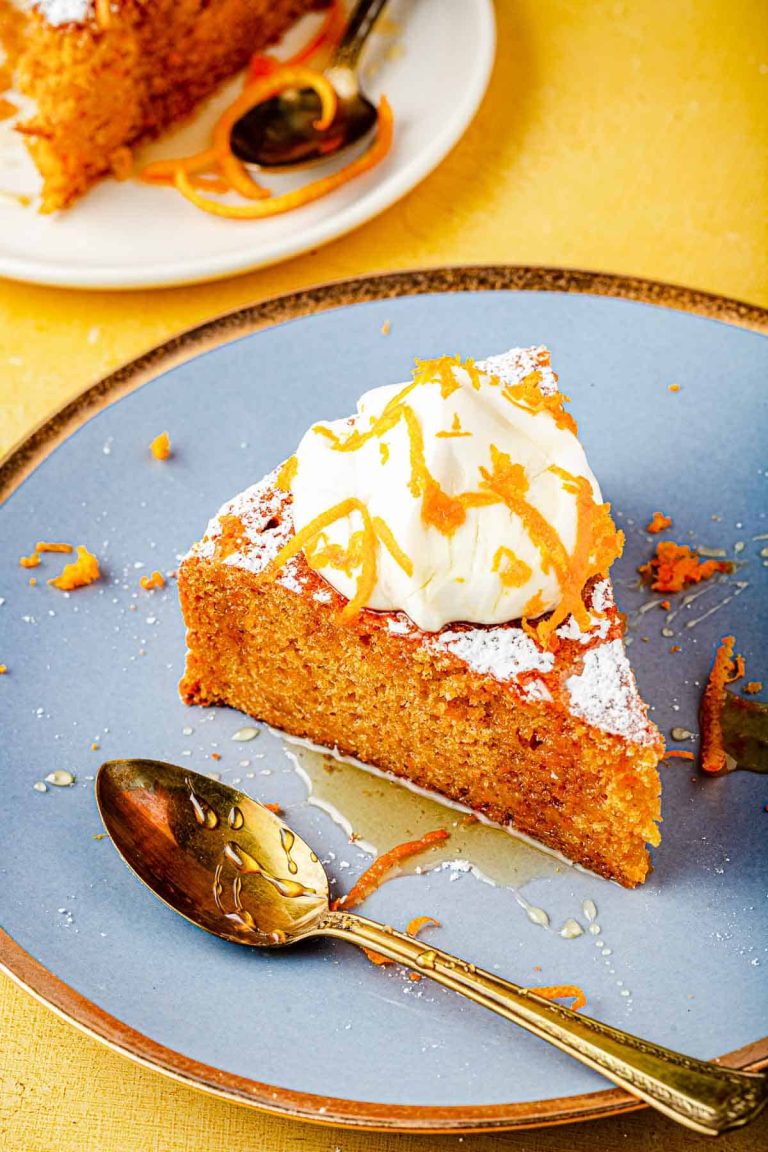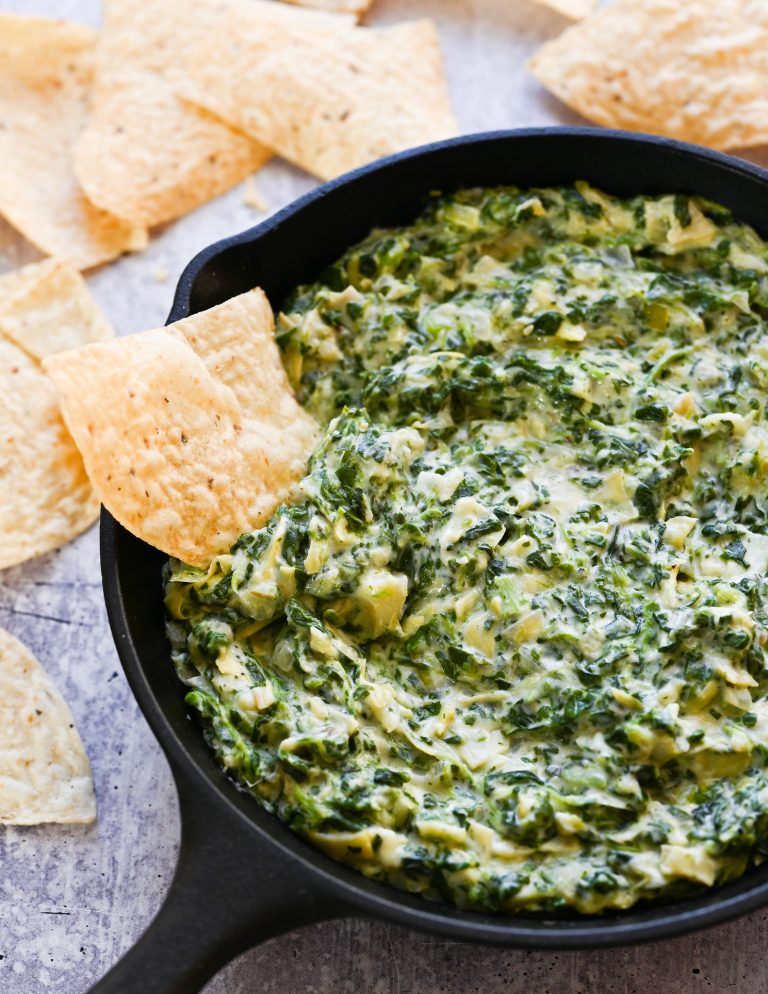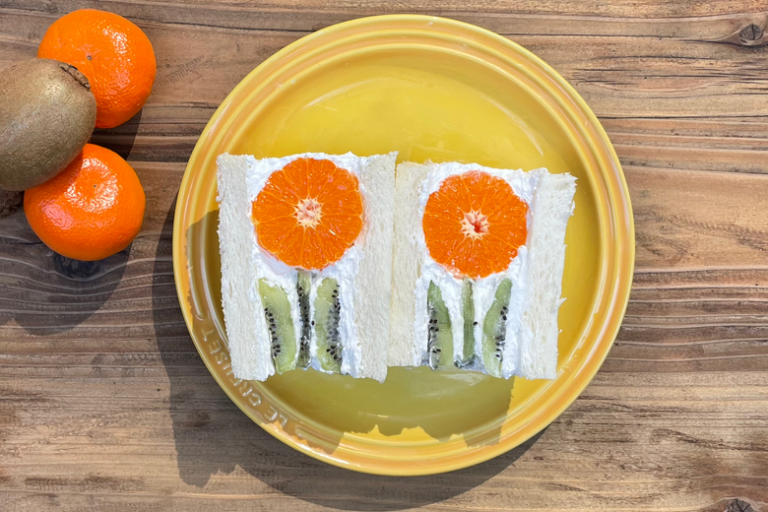Gorgonzola Sauce: Recipe, Pairings, and Serving Tips
Gorgonzola cheese originates from the town of Gorgonzola in Italy, dating back to the 9th century. This cheese features a rich history, tied to the Lombardy and Piedmont regions. Monasteries initially crafted Gorgonzola, where it was aged in cool, damp caves, allowing the mold to develop. This maturation technique resulted in the distinctive blue-green veins that characterize the cheese today.
Key Ingredients and Varieties
Gorgonzola sauce typically includes Gorgonzola cheese, heavy cream, and sometimes butter or white wine. The sauce varies in flavor intensity depending on the type of Gorgonzola used. There are two main varieties:
- Gorgonzola Dolce: This version is creamy, mild, and sweet, perfect for delicate dishes like pasta and chicken.
- Gorgonzola Piccante: This variety offers a firmer texture and pungent, tangy taste, ideal for robust flavors like steak or burgers.
Both varieties blend well into sauces, enhancing their flavor profiles with distinct, rich notes.
Culinary Uses of Gorgonzola Sauce
Classic Italian Dishes
Pasta dishes frequently feature Gorgonzola sauce, enhancing flavors with its creamy, tangy profile. Gorgonzola sauce boosts the taste of gnocchi, penne, and fettuccine. Risotto lovers find the sauce a perfect match, providing a rich depth to the creamy rice dish. Gorgonzola sauce also pairs beautifully with polenta, turning this cornmeal delight into a gourmet experience.
Innovative Uses in Modern Cuisine
Chefs embrace Gorgonzola sauce in modern cuisine, creating unique culinary experiences. Drizzling the sauce over grilled steak introduces a savory zest that elevates the meat’s flavor. Gorgonzola sauce complements roasted vegetables, adding complexity and richness. It serves as an excellent dipping sauce for breadsticks and crudités, transforming simple snacks into sumptuous starters. Pizza toppings also benefit from Gorgonzola sauce, melding traditional and contemporary tastes delightfully.
Making Gorgonzola Sauce at Home
Essential Tips for Preparation
Use high-quality ingredients for the best results. Select Gorgonzola Dolce for a creamier and milder sauce or Gorgonzola Piccante for a more pungent taste.
Follow these steps for a rich, flavorful sauce:
- Melt Butter: Use unsalted butter to avoid over-salting. Melt 2 tablespoons in a saucepan over medium heat.
- Add Heavy Cream: Pour in 1 cup of heavy cream, stirring constantly until the mixture simmers.
- Incorporate Gorgonzola: Add 4 ounces of crumbled Gorgonzola cheese. Stir until melted and well combined.
- Consistency Adjustment: For a thicker sauce, continue cooking until it reaches the desired consistency. If it’s too thick, add a splash of milk.
- Seasoning: Taste before adding salt, as Gorgonzola is inherently salty. Add a pinch of white pepper if desired.
Common Mistakes to Avoid
Don’t rush the melting process. Overheating can alter the cheese’s texture, leading to a gritty sauce.
Avoid using low-fat substitutes. Full-fat heavy cream and genuine Gorgonzola cheese ensure the sauce’s rich consistency and flavor.
Be cautious with salt. Given the natural saltiness of Gorgonzola, additional salt is often unnecessary.
Don’t neglect stirring. Continuous stirring helps blend the ingredients smoothly, preventing separation and ensuring a uniform texture.
By adhering to these tips and avoiding common pitfalls, you’ll create a perfect Gorgonzola sauce to elevate a variety of dishes.
Pairing Gorgonzola Sauce with Other Foods
Best Wine Pairings
Pairing Gorgonzola sauce with wine enhances your culinary experience. For a classic choice, consider a full-bodied red wine like Barolo or Barbaresco. Their robust flavors complement the richness of the sauce. For a white wine, opt for a bold variety like Chardonnay, which balances the creamy texture of the sauce. For a sweeter touch, try a dessert wine like Sauternes or a late-harvest Riesling. They contrast the sharpness of Gorgonzola cheese, creating a balanced flavor profile.
Complementary Foods and Dishes
Gorgonzola sauce enriches a variety of foods and dishes. Use it as a drizzle over grilled steak; the creamy sauce enhances the savory flavor of the meat. Pair it with pasta, especially gnocchi or fettuccine, to elevate a simple dish. For vegetables, roasted Brussels sprouts or broccoli work well with the sauce, adding a luxurious touch to your side dishes. For appetizers, pair it with pear slices or fig crostini, the sweetness of the fruit balancing the tangy, rich flavor of the sauce.
Conclusion
Gorgonzola sauce offers a rich and versatile addition to your culinary repertoire. Whether you’re drizzling it over a grilled steak or mixing it into a pasta dish, its creamy and tangy profile elevates any meal. Don’t forget to pair it with a robust wine like Barolo or a crisp Chardonnay for a complete dining experience. With quality ingredients and a bit of effort, you can bring the authentic taste of Italian cuisine right to your table. Enjoy experimenting with this delightful sauce to discover your favorite combinations.






